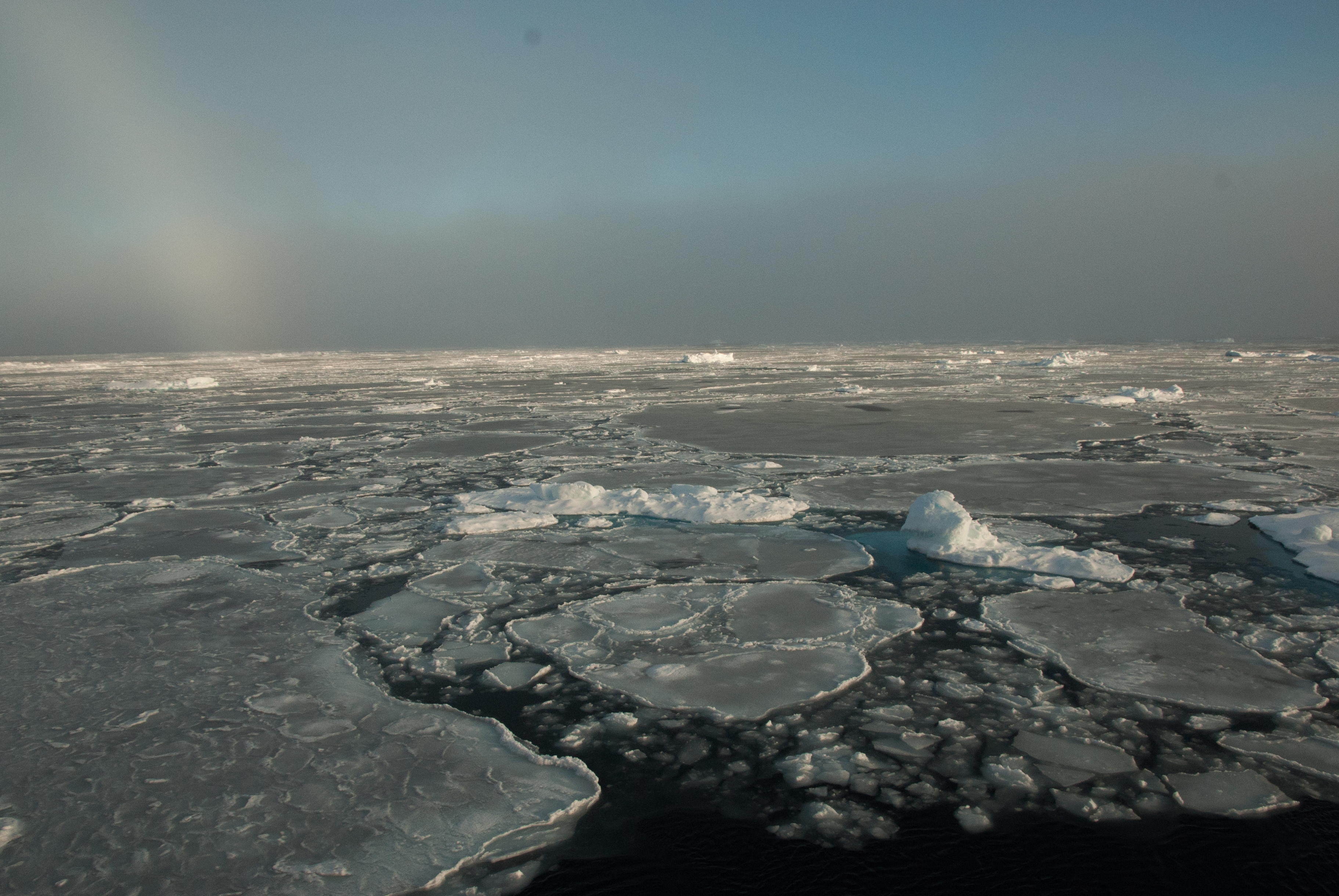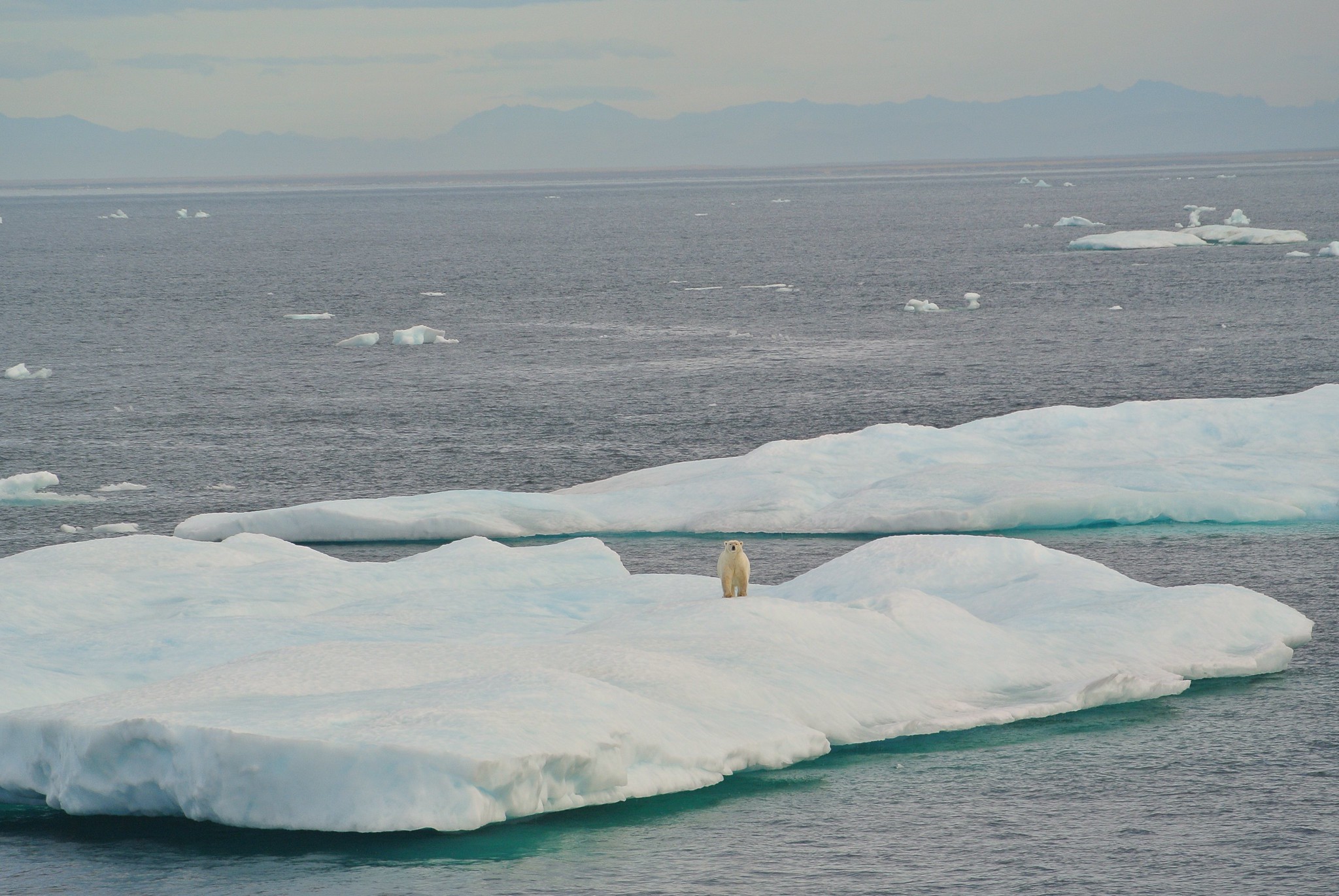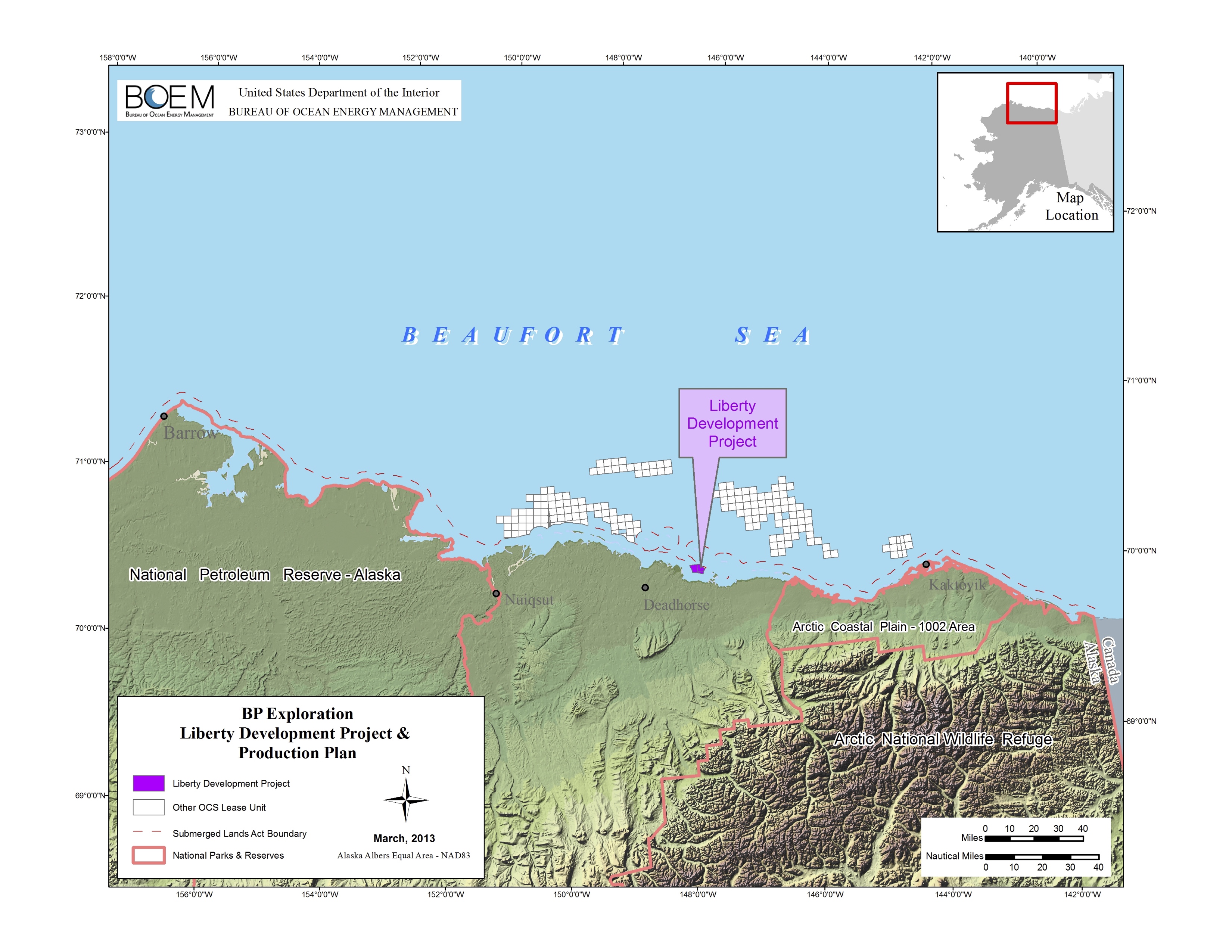Federal appeals court strikes down the Trump administration’s approval of an Alaska offshore Arctic oil project
A key part of the ruling — which said the government didn't adequately account for impacts to polar bears — could affect other Arctic oil projects.

A federal court on Monday voided the Trump administration’s approval of an offshore oil field in Arctic Alaska.
The U.S. Bureau of Ocean Energy Management’s 2018 approval of the Liberty oil field development plan was flawed and violated environmental laws, the 9th Circuit Court of Appeals ruled.
BOEM failed to properly examine the environmental impacts of the offshore project and will have to re-do its analysis, the court said. According to the ruling, the agency “acted arbitrarily and capriciously” by failing to fully account for carbon emissions that would be produced by Liberty development and by relying on an inadequate biological opinion from the U.S. Fish and Wildlife Service that glossed over impacts to polar bears.
The ruling came in a lawsuit filed by the Center for Biological Diversity, Friends of the Earth, Greenpeace, Defenders of Wildlife and Pacific Environment, all of them represented by Earthjustice.
[Hilcorp gets a key authorization needed to develop a long-languishing offshore Arctic oil field]
“This is a huge victory for polar bears and our climate,” Kristen Monsell, oceans legal director at the Center for Biological Diversity, said in a statement issued by the plaintiffs. “This project was a disaster waiting to happen that should never have been approved. I’m thrilled the court saw through the Trump administration’s attempt to push this project through without carefully studying its risks.”
BOEM is studying the ruling, a spokesman said.
“We are aware of the court’s decision and will review it to determine possible next steps,” John Callahan, a BOEM spokesman in Alaska, said by email.
Hilcorp, the owner of the Liberty project and the company that submitted the development plan, did not have a comment on the court ruling, spokesman Luke Miller said by email.

Liberty, if developed, would be the first producing offshore oil field located entirely in federal waters off Alaska. There is one other field, the BP-developed and now Hilcorp-operated Northstar unit, that includes some federal territory, but it is located mostly in state waters close to shore in the Beaufort Sea.
The Liberty project appeared to have been languishing even before Monday’s court ruling.
[Hilcorp officially takes over BP’s Arctic leases and operator position at Prudhoe Bay]
Oil there was discovered there decades ago, and BP submitted a development plan in 1998 to the Minerals Management Service, BOEM’s predecessor. The plan involved construction of an artificial island.
BP scrapped that first plan, deeming it too costly, and replaced it with a sophisticated development plan that would use ultra-extended-reach wells drilled from existing land. That second plan won MMS approval in 2008, as well as corporate sanction. BP started construction work and secured secured a special rig to do development drilling. But the company encountered technical and financial problems, and dropped that plan
Hilcorp took over as Liberty’s operator when it acquired half of the project in 2014. Hilcorp’s development plan, which reverts back to the artificial-island concept proposed by BP in 1998, is now the third plan submitted to federal regulators. Hilcorp gained full ownership fo the Liberty unit when it acquired all of BP’s remaining Alaska assets earlier this year.
The company has also has taken over from BP as operator of the Prudhoe Bay oil field. Its current plans for Liberty are unclear.

The polar bear aspect of the 9th Circuit Court’s Liberty ruling may have impacts on other plans for Arctic oil development, including in Alaska’s Arctic National Wildlife Refuge.
The court found that the Fish and Wildlife Service’s biological opinion, upon which BOEM relied, violated the Endangered Species Act by improperly assuming that polar bears would be protected by some non-binding and unspecified mitigation standards. The court also found that the Fish and Wildlife Service failed to quantify the expected “incidental take” of polar bears resulting from Liberty development, another violation of the Endangered Species Act.
Environmental groups oppose the Trump administration’s plans to allow oil exploration in the coastal plain of Arctic National Wildlife Refuge in part because of potential harm to polar bears, which are listed as threatened.
[Trump administration seeks to allow polar bear disturbance for oil in Alaska refuge]
On the same day the appeals court issued its ruling, the Fish and Wildlife Service released a proposed permit allowing seismic surveys on the ANWR coastal plain to disturb polar bears. The proposed incidental harassment authorization, to be published on Dec. 8 in the Federal Register, concludes that seismic surveys planned for the coastal plain “will have no more than a negligible impact on polar bears.” The incidental harassment authorization is a key permit needed by Kaktovik Inupiat Corp. for its planned 2021 seismic survey of about a third of the ANWR coastal plain.
The public will have 30 days to comment on the proposed incidental harassment authorization that would allow seismic operations to be conducted in polar bear habitat.
In their statement released Monday, the plaintiffs drew some connections between the flawed Liberty analysis and the Trump administration’s approval of oil activity in the refuge and elsewhere in the Arctic.
“Today’s news is a victory for Alaska’s imperiled polar bears that are threatened by oil and gas development throughout virtually all of their terrestrial denning critical habitat ─ in the Arctic National Wildlife Refuge, National Petroleum Reserve-Alaska, and in the nearshore marine environment as well,” Nicole Whittington-Evans, Alaska program director at Defenders of Wildlife, said in the statement.